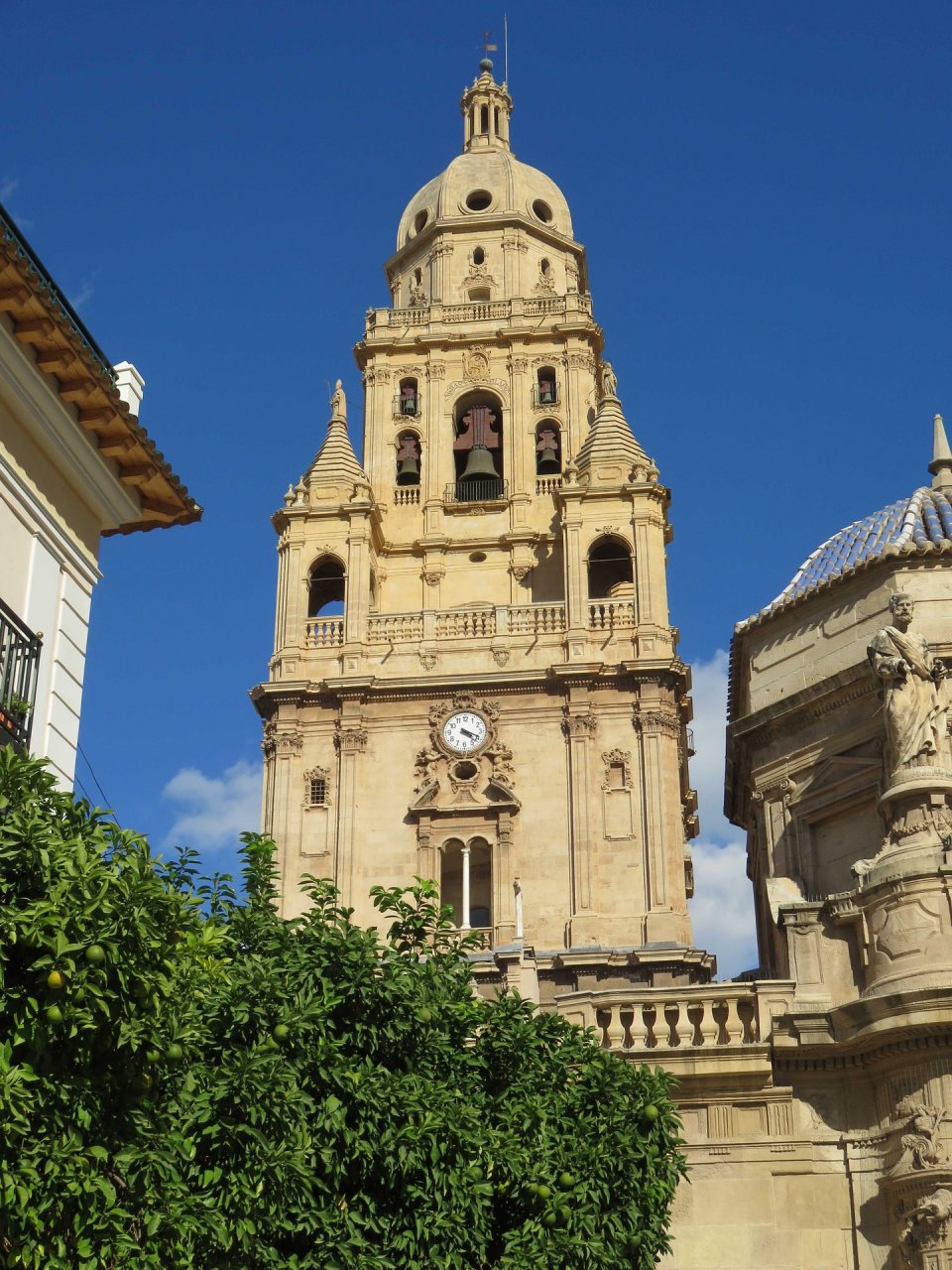Испания

The city of Murcia is located in southeastern Spain and is the capital of the autonomous region of Murcia. A chain of mountains surrounds the plain in which Murcia stretches, a city of Arab origin whose existence is closely linked to the fertile orchard of the Segura River. Although the area around the city has been inhabited for more than 2,000 years, the city was founded in 831 by the Emir of Córdoba - Abd al-Raham II. The remains of a city wall preserved to this day give us an idea of the importance of the city of Murcia during the Arab rule. In the XIII century, the city was already part of the Kingdom of Castile. Murcia flourished in the XVII-XVIII century, when it expanded beyond the fortress walls. This is the moment when a number of baroque churches appeared in the city - "St. Miguel", "St. Anna", "Holy Sunday", "San Juan de Dios" and others. Today, Murcia is the 7th largest city in Spain. Its population is 441 thousand people. The most famous landmark in Murcia is the Cathedral, built at the end of the 14th century. The cathedral impresses with its facade, considered a masterpiece of Spanish Baroque, Gothic interior and tower, 93 m high, making it the third tallest bell tower in Spain. Other interesting sights in the city are: the characteristic Moorish-style Casino, which is partly a restaurant, the shopping street Gran Via Escultor Salsillo and the Salsillo Museum. 93 m high, which makes it the third tallest bell tower in Spain. Other interesting sights in the city are: the characteristic Moorish-style Casino, which is partly a restaurant, the shopping street Gran Via Escultor Salsillo and the Salsillo Museum. 93 m high, which makes it the third tallest bell tower in Spain. Other interesting sights in the city are: the characteristic Moorish-style Casino, which is partly a restaurant, the shopping street Gran Via Escultor Salsillo and the Salsillo Museum.
